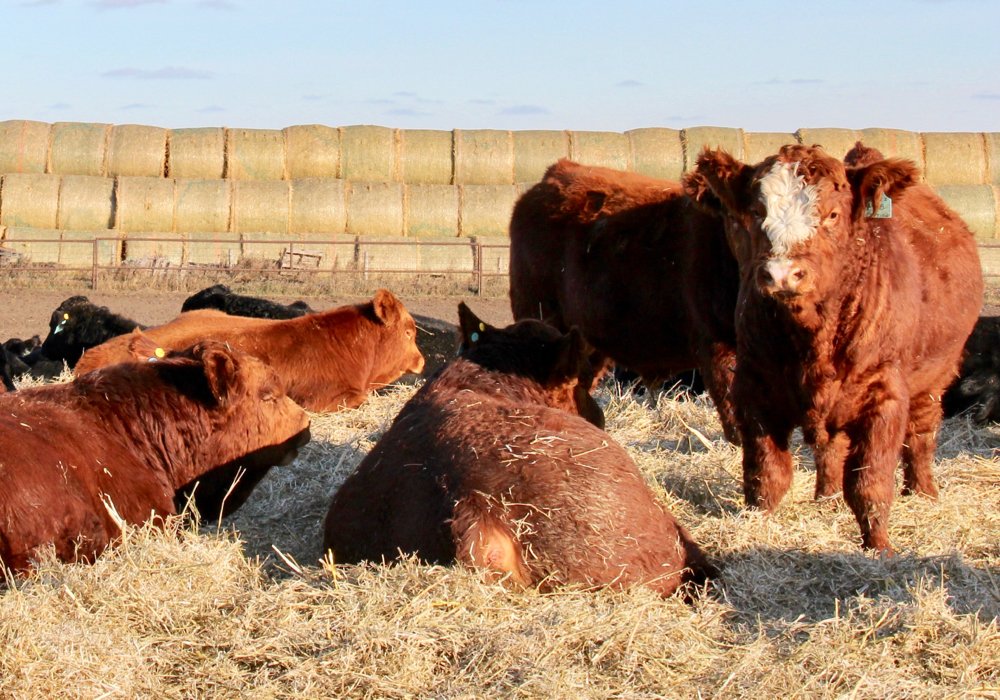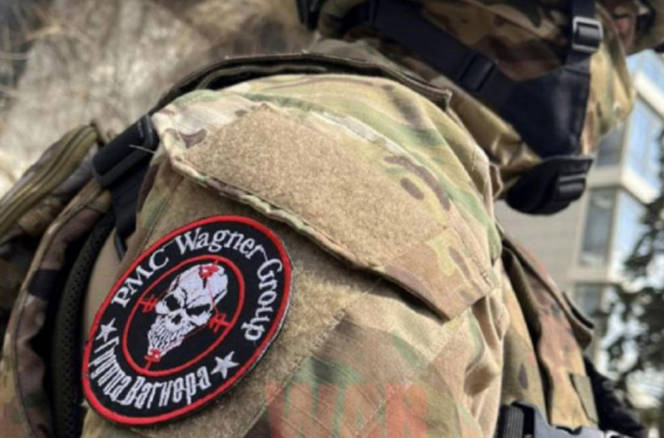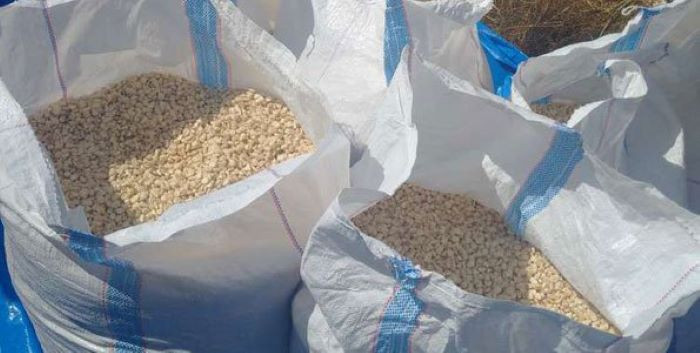
Eddie Cross WHEN I left school in 1957 I started work on a tobacco farm in the Headlands area. I did a season there and then moved back to my home province of Matabeleland. There I took up a job on a small cattle ranch outside the City of Bulawayo in the Nyamandhlovu district. Two years later I went to Gwebi College and got a diploma in agriculture. After a spell moving people from the basin of the Kariba Dam built in 1958, I went back to the City of Salisbury (now Harare) and completed a university degree in economics.
After fighting the 1969 national Constitution referendum, I joined the Agricultural Marketing Authority as an economist. In that capacity I was given responsibility for the livestock industries and under that portfolio, the Cold Storage Commission (CSC). Nick Spoel was the general manager and CSC was a very large corporation — 5 000 employees, 250 000 hectares of ranch land and a national network of abattoirs which could handle 2 800 heads of cattle a day.
CSC was born in 1937 when the Rhodesian government decided that a State-controlled organisation was required to handle the seasonal surges in cattle sales and to manage national export activity. At the time we were in the Sterling zone as a country and as a consequence the main markets being serviced were the market for frozen sides of beef in England and the domestic market. The abattoir in Bulawayo was augmented by a massive canning plant at West Nicholson run by the British company Liebigs.
As the cattle industry expanded over the next 40 years, so the national activities of CSC grew. Persistent losses eventually led to the recruitment of Nick Spoel from South Africa who had spent his whole life in the beef industry. In six months, Nick had the commission making money. He ran the organisation on this basis until 1980 when he retired. He and I became close friends and I spent a great deal of time with him in Bulawayo helping with economic and marketing strategies.
I was made general manager of CSC in 1983 and served in that capacity until 1987 when I resigned to manage the rehabilitation of the Beira Corridor on behalf of regional States. As the GM I continued the modernisation of the abattoirs and upscalling the CSC infrastructure across the country. When I stepped down all abattoirs had been brought up to international standards. We were producing up to 150 000 tonnes of beef in various forms, exporting up to a third of this volume to some 20 countries and supplying 70% of the beef products consumed in the country. We handled a million cattle hides a year along with some 12 000 tonnes of canned products, mainly for export to Europe. I had an amazing management team such that we held together through the turbulence of newly-independent Zimbabwe.
By then the cattle industry had grown to eight million heads. Farmers sold nearly a million heads a year — three quarters to CSC and the rest to the local private abattoir network. We ran a substantial financial enterprise called the Cattle Finance Scheme, which funded 500 000 cattle every year. We had 287 sale pens in the communal farming areas — servicing the 5 million heads of cattle in those areas along with the 2,7 million small stock. We attended all sales providing a basic support price on all livestock and paying cash for all purchases. It was quite an operation.
In times of severe drought, we bought all livestock that farmers without grazing had to sell. In one year, we bought 250 000 heads of livestock and 784 000 of stock for slaughter. We were selling shiploads of beef in that year to move the surplus to the market.
What I appreciated after a lifetime in the cattle industry in this country, was that Africa has a very volatile climate. In the Mid-West of the United States, the mean variation of rainfall is 5%, here it is over 4%. We go from feast to famine annually. If we fully stock the country with cattle then we have to have a shock absorber like the CSC. An organisation with the physical and financial capacity to handle surges in output such as that I describe above. If you do not have such an organisation, the cattle just die and rot in the sun.
- Chamisa under fire over US$120K donation
- Mavhunga puts DeMbare into Chibuku quarterfinals
- Pension funds bet on Cabora Bassa oilfields
- Councils defy govt fire tender directive
Keep Reading
Only an organisation like CSC can use cattle as collateral for lending — we branded the stock and they had to be sold back to us when they were sold for slaughter and we then recovered our money plus a surplus which went back to the farmers. Only CSC could guarantee a floor price for livestock throughout the country and in this way protect the small-scale cattle owner in remote areas.
CSC performed all of these roles at no cost to the nation, in good years it made a small profit, in drought years it broke even or made a small loss. In the process it became the largest meat organisation in Africa. Every year we produced clean audited set of accounts by March which were lodged with the government of the day. Its board of directors was largely farmers and ranchers or businesspersons.
Where is CSC today? The abattoirs are all derelict — Kadoma burned to the ground, Marondera and Chinhoyi vandalised with grass growing everywhere, even small trees. Bulawayo and Masvingo are close to operational, but are unused and require work to bring them back into production. The canning plant and the hide tannery are closed and not operational. The distribution centres in Harare and Mutare and the freezing plant in Gweru are derelict. The ranches are all occupied by individuals and the cattle sale pens in rural areas are either derelict or operated by rural district councils to raise money. The organisation owes money to everyone and is essentially bankrupt.
Three years ago, a group calling itself Boustead Beef and registered in the UK, negotiated a long-term lease on CSC assets. It conducted a valuation of CSC and this concluded that the depreciated replacement value of the organisation was US$180 million. The group claimed that it had secured US$100 million on this basis and against a business plan that was based on orders for beef from a dozen markets.
The “lease” ignored the creditors, and the trustees appointed by the High Court to protect their interests. It ignored the government-appointed board and staff and to say this was a bizarre arrangement, is to say the least. When it is appreciated that the “lease” was for an annual payment of $100 000 which is now worth US$650 a year at the current bank rate, the arrangement is even more ridiculous.
The Boustead’s plan was based on a claim that the group had freehold control of the assets of CSC including the ranches. When it could not get control it attempted to use the legal system to put the organisation under administration by a legal firm and it hoped that this would enable it to secure control. Some work has been done to the Bulawayo abattoir but little else.
The cattle herd today stands at about 5,6 million — five million in the communal areas and 600 000 heads on the former commercial farms. Output is about 300 000 heads a year. Millions of hectares are not grazed at all and simply burn each year. The weather pattern under which our farmers must operate have changed little — global warming studies say that the drier regions that represent 60% of the country will be drier, the weather more unpredictable.
To me the message is clear, there is no future for the cattle industry without CSC. The government, which owns the whole thing, must get its act together and re-establish it as a functioning institution to serve the millions who rely on livestock for their living.











